- Lectures
- Biodiversity Research Center
- Location
Auditorium, 1st Floor, Interdisciplinary Research Building
- Speaker Name
Dr. Toshiyuki Takagi (The University of Tokyo)
- State
Definitive
- Url
Abstract
Mass coral bleaching is primarily triggered by heat-dependent photoinhibition in algal endosymbionts (Symbiodiniaceae). Previous studies have suggested that coral bleaching susceptibility is determined by the stress tolerance of the coral host and Symbiodiniaceae. However, we have discovered carotenoid-producing bacteria from the algal phycosphere that critically influence the thermal tolerance of Symbiodiniaceae. In this seminar, I will present our findings on the mechanisms by which these bacteria enhance thermal resilience in coral endosymbionts. In addition to photoinhibition-induced bleaching, bacterial infections also induce coral bleaching. Elevated seawater temperatures weaken coral immunity and enhance the virulence of pathogens. The temperature-dependent pathogen, Vibrio coralliilyticus, is a well-known causative agent of bacterial bleaching in corals. However, coral defense mechanisms against these pathogens remain poorly understood. Recently, we identified a novel antimicrobial peptide, digitiferin, among genes that respond to V. coralliilyticus using transcriptomic data of the reef-building coral Acropora digitifera. Digitiferin is secreted into coral mucus to block invading pathogens at the epithelial surface. Digitiferin homologs were found in multiple coral species, suggesting that digitiferin may serve as a first-line defense mechanism in corals. Finally, I will summarize these studies and discuss beneficial functions of bacteria within corals and the mechanisms by which coral immunity regulates bacterial pathogens.
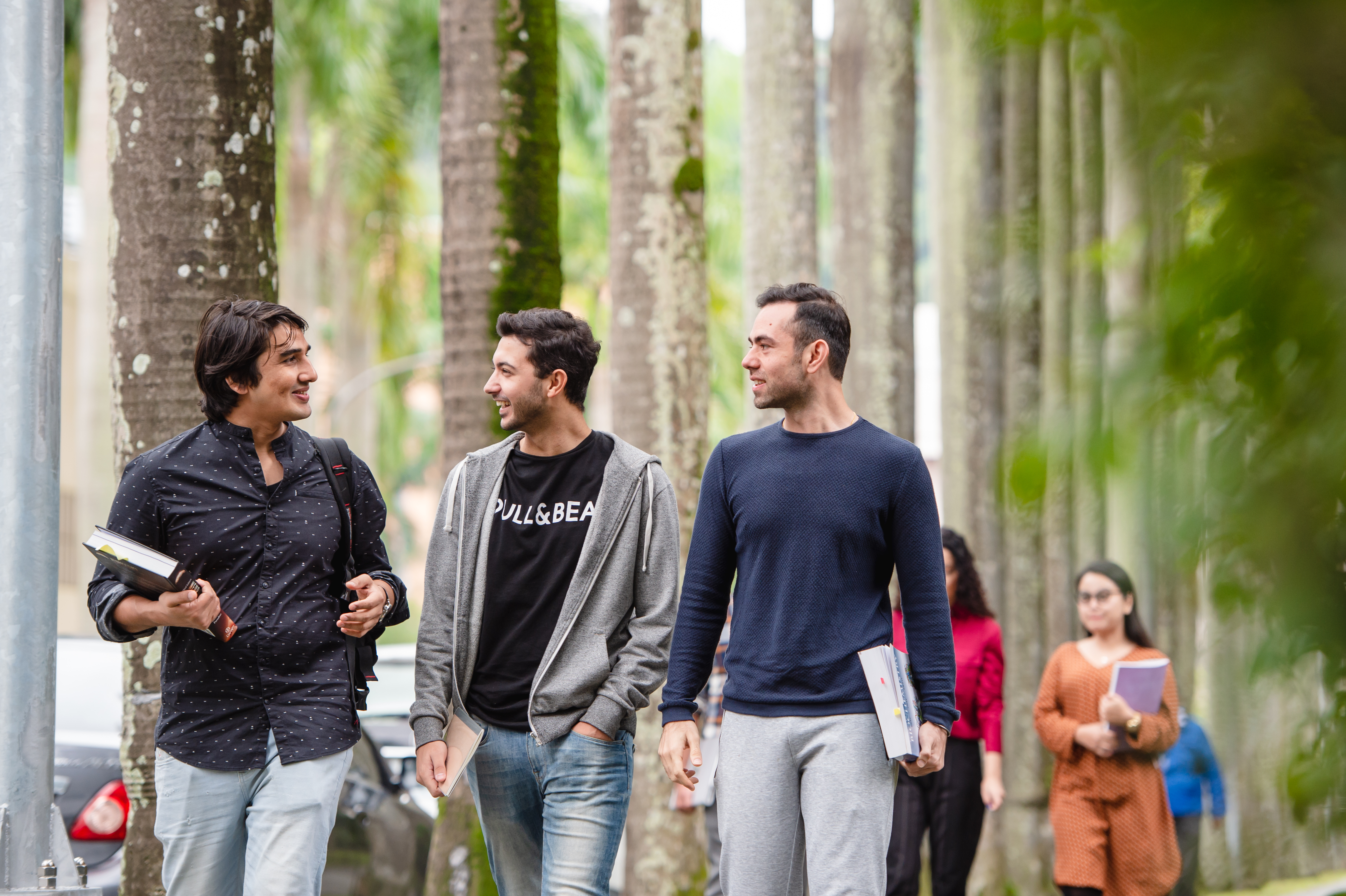
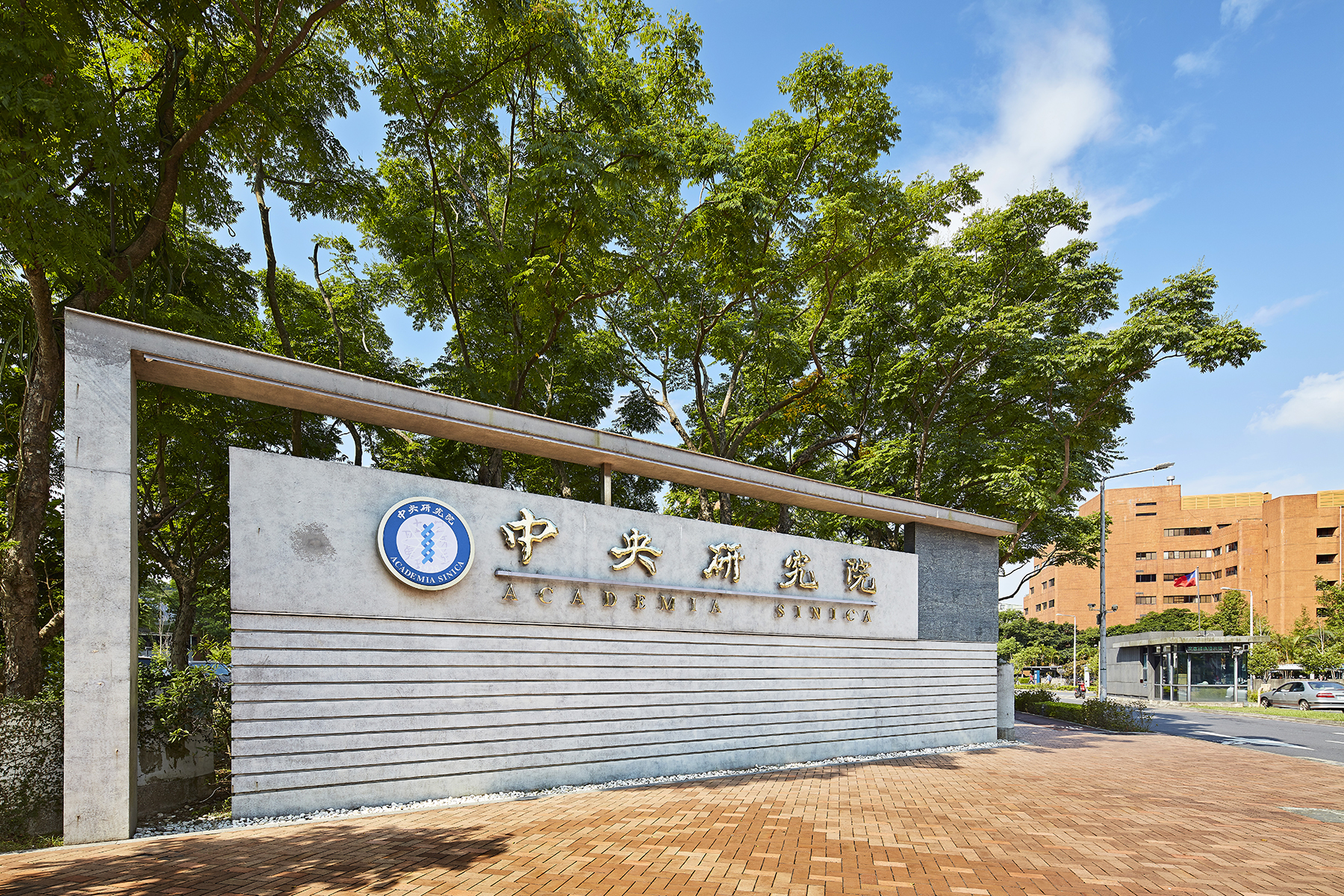
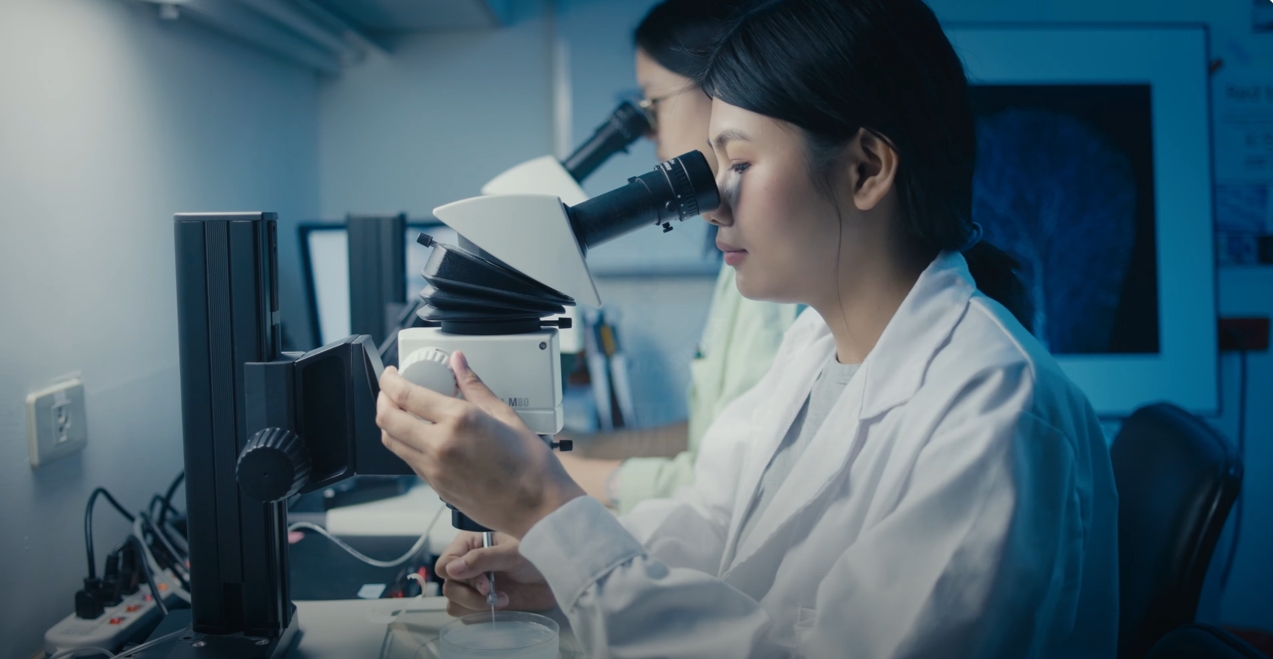
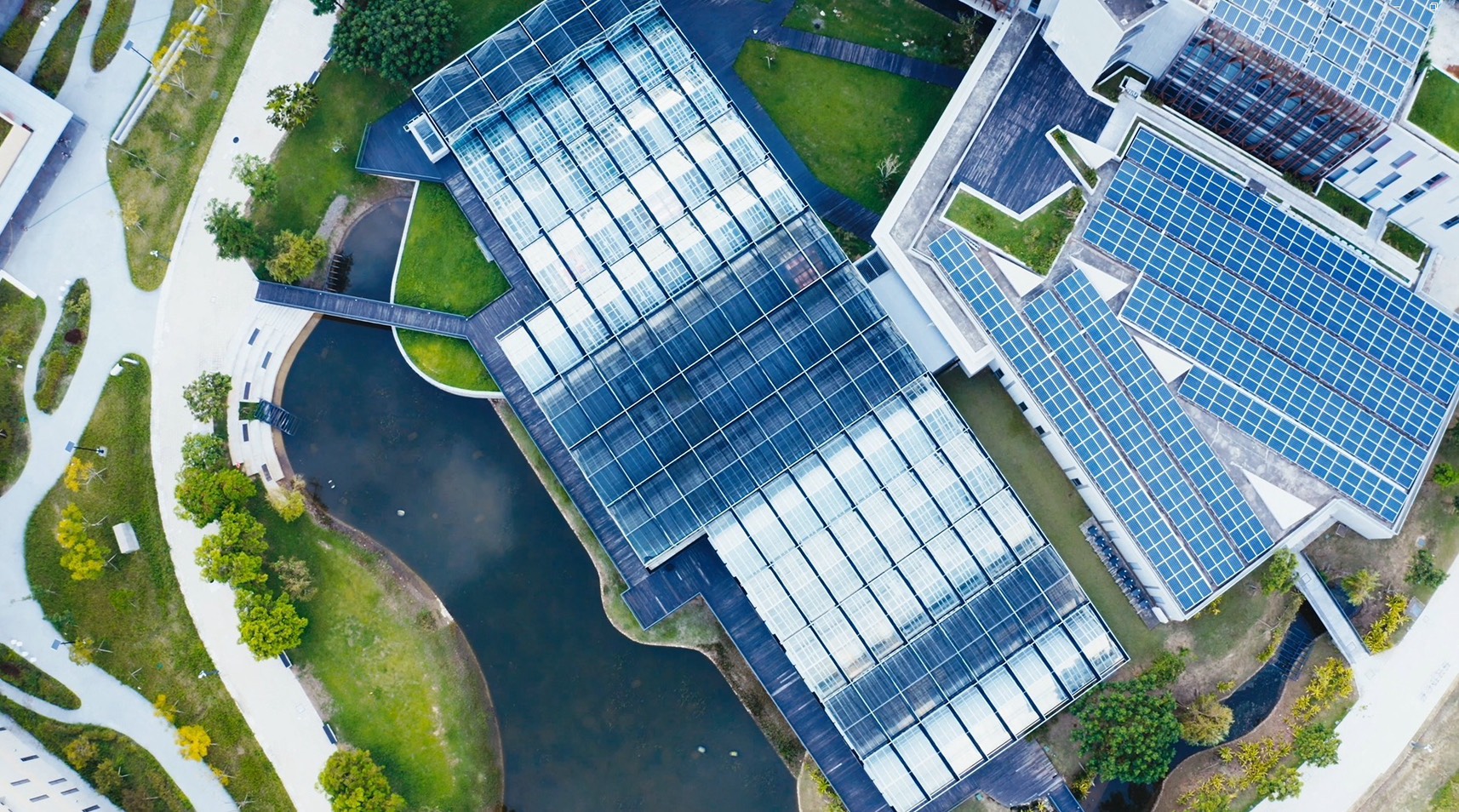
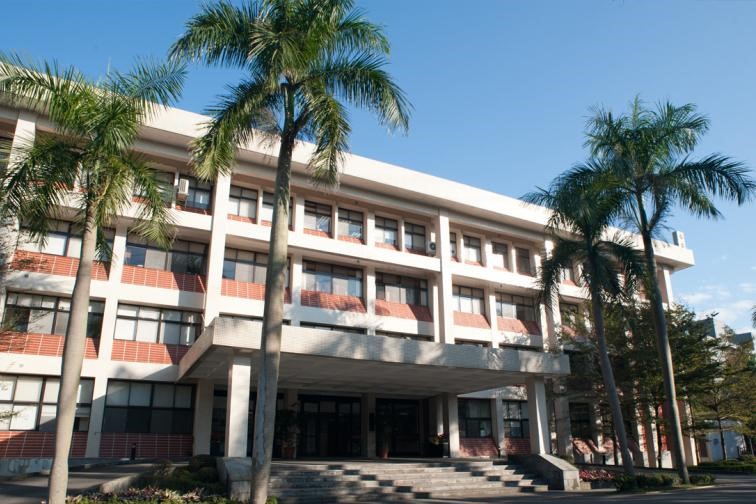
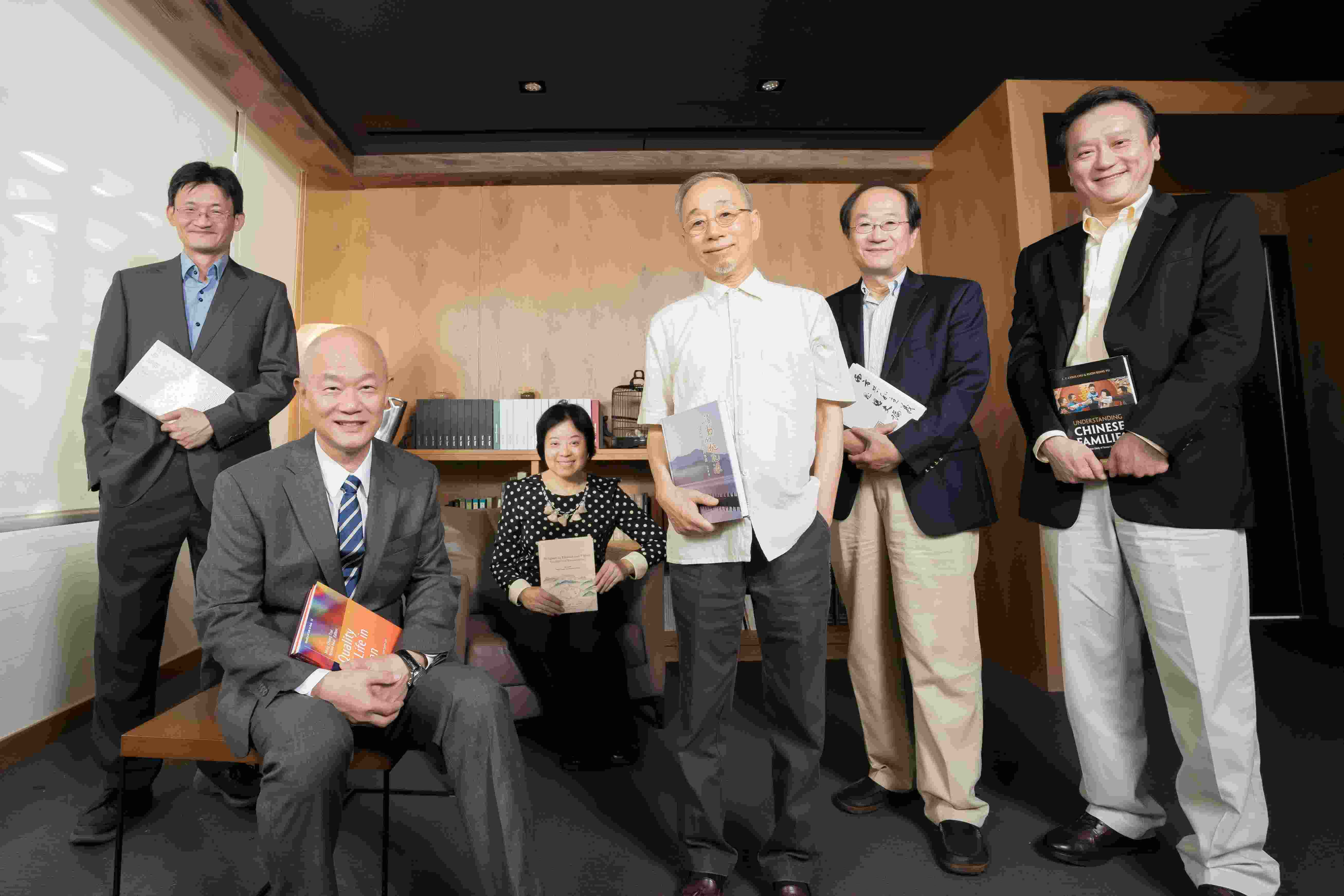



 Home
Home

